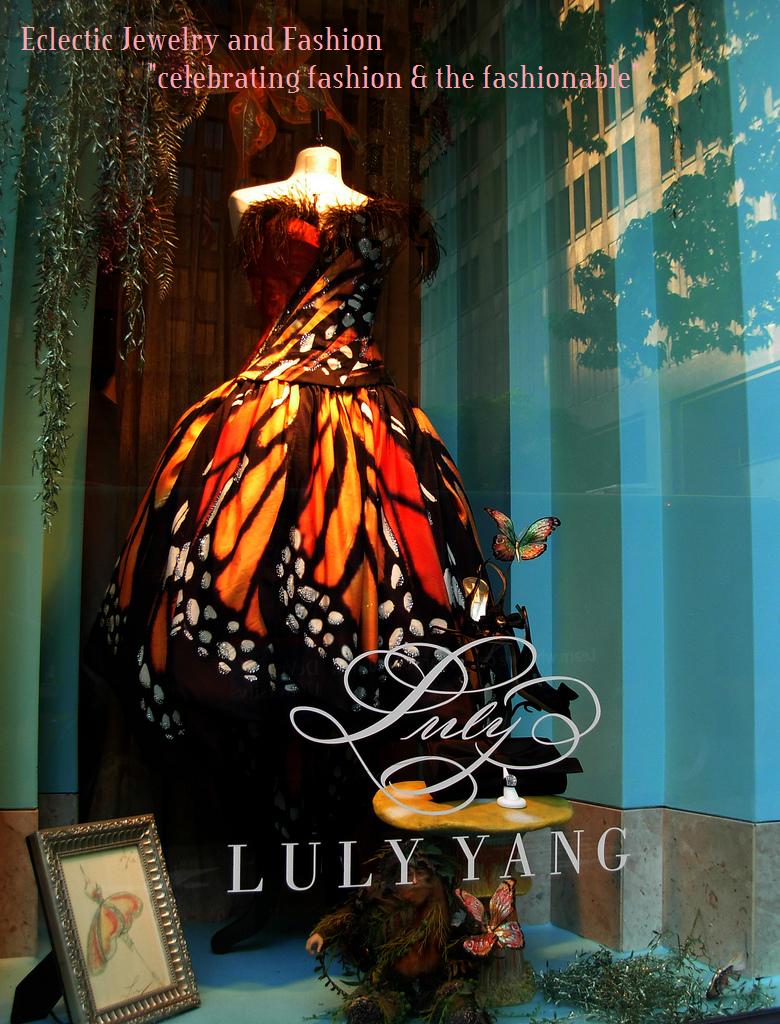
Green. Sustainable. Recyclable. Not exactly the first words you use to describe luxury fashion, right? At the same time, numerous clothing companies have been founded on the principal of being eco-friendly. I'll admit, the skeptic in me began to worry when giant brands like Guess, Inc. started producing lines purporting to be green. Green's big business and it made for great advertising and public relations. But how can you tell whether a line that claims to be green is really green? I posed the question to Emma Grady, a contributing fashion writer at TreeHugger.com (a division of the Discovery Channel) who helps sort this out for consumers. "We do this by asking lots of questions to understand a garment's life cycle," she says. "Where are the fabrics sourced? How are they produced? How far does the product travel (shipping is a major source of pollution)? Is the cotton grown in Africa, weaved in India, then shipped to a store in California? What dyes are used in the process?"Grady and her team at TreeHugger.com a number of designers' sustainable practices are the real deal. It's worth listing a few of them here. Not surprising, Stella McCartney is one. McCartney is well-known vegan and has long produced pleather shoes, belts and handbags to avoid the environmentally taxing tanning process. Linda Loudermilk, a designer from Los Angeles, is another to watch. I interviewed Loudermilk a few years ago and she told me she spends countless hours researching and developing textiles that are not only made from certified eco-conscious materials, but suited for high design. I found this particularly impressive because the fashion design process is already grueling. And, no doubt, these steps added a lot of expense to production costs. EDUN, founded in 2005 by Ali Hewson and Bono, promotes sustainable employment in developing countries, particularly in sub-Saharan Africa, reads its mission statement. The line's primary focus is trade but it's also working to use more organic materials in the collection. Even small things like recycling zippers and buttons can make a big difference, says Grady. Props to Yves Saint Laurent for earlier this year unveiling an eco-friendly capsule collection called "New Vintage." The idea was to create classic YSL styles using fabrics from past collections.If designers can't be innovative, who can? (Luxist)

No comments:
Post a Comment